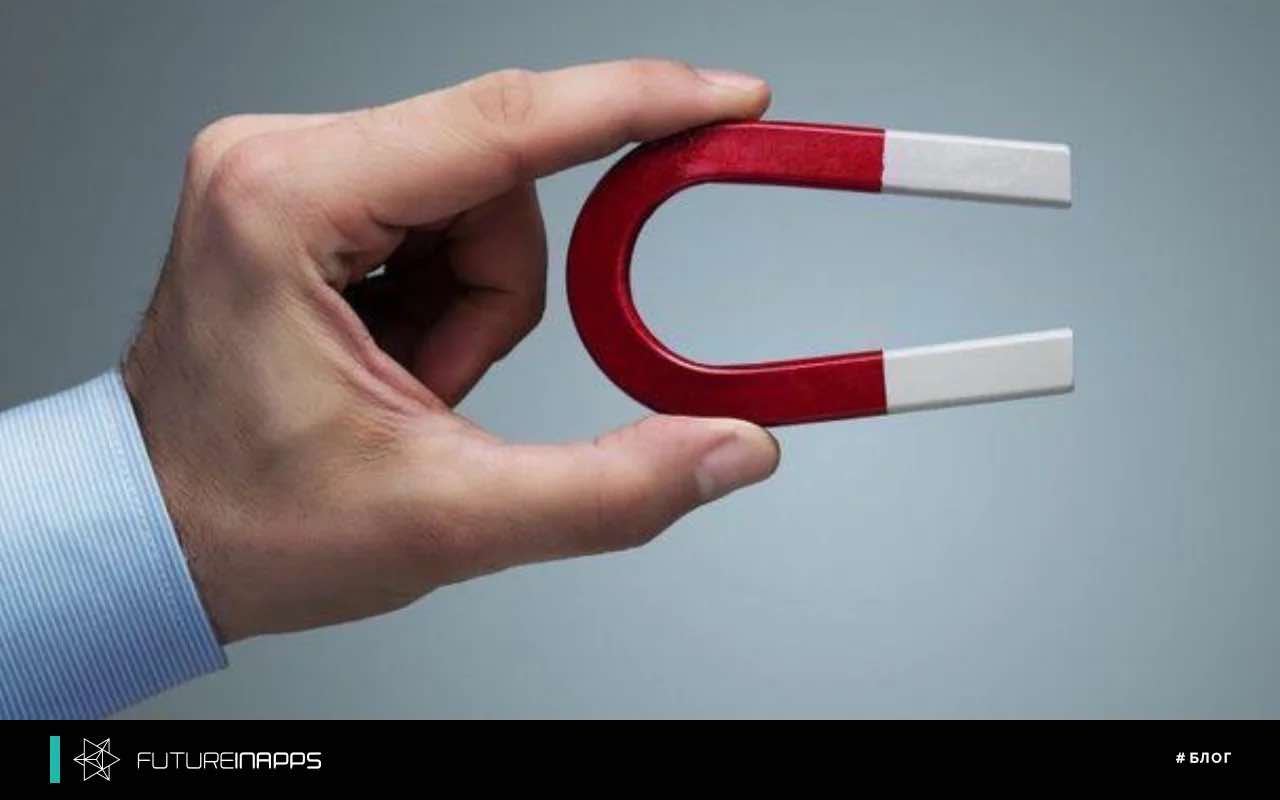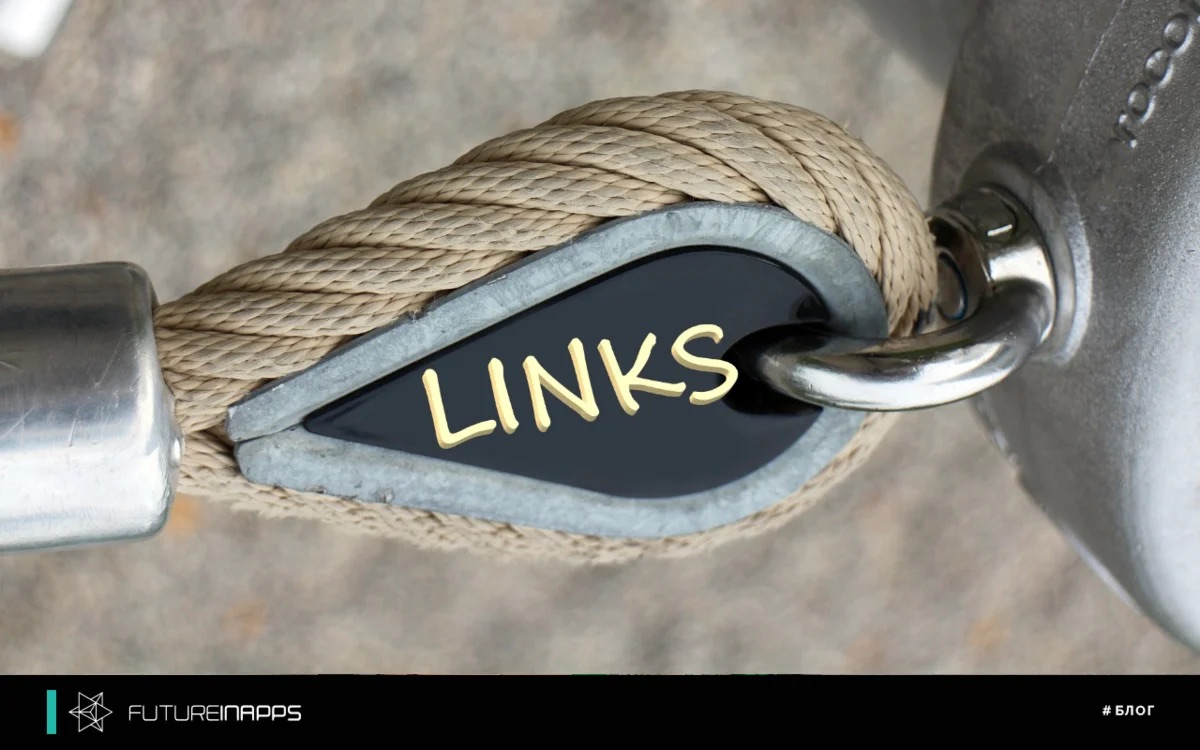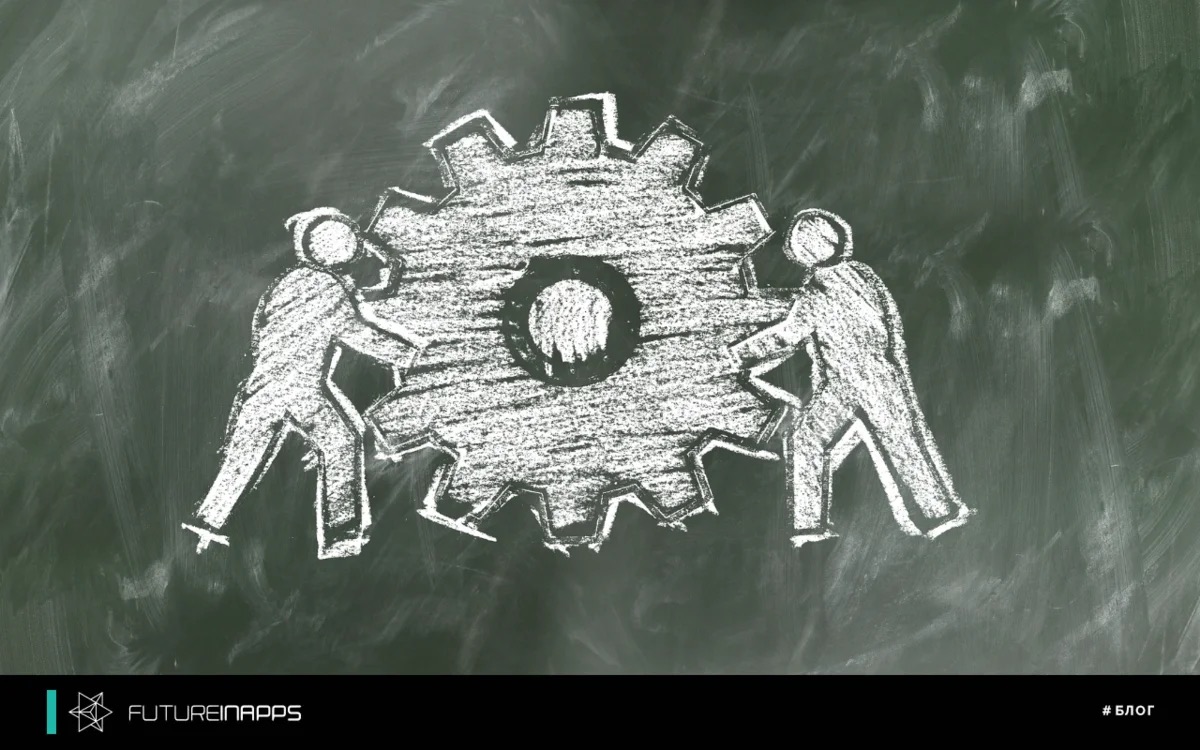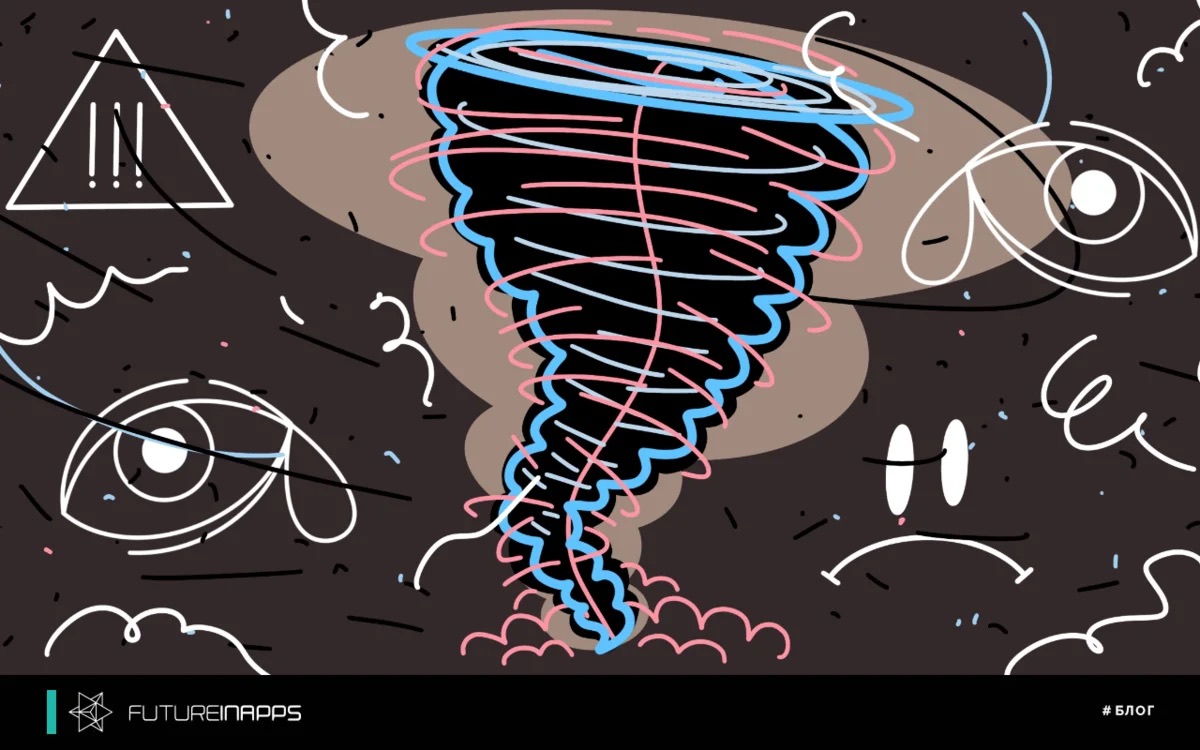How can a company attract potential customers if cold calls and e-mails no longer work? Here is a selection of 25 relevant chips to attract an audience through advertising.
1. "Do you have time to drink a cup of coffee while reading our article?"
Our first trick is a double question.
The "Psychology of Influence" by Robert Cialdini describes this effect as follows: the first part comes in as something easy, which is hard to disagree with. The second part carries the meaning we need and no longer meets resistance.
2. It is difficult to stop when it began to act.
How often do we watch the show to the end, even though it is not so interesting? This is called a sequence, and it interacts well with a target.
Where to use this chip? In the polls! Giving answers, people begin to think and come to decisions (and even when you start to doubt, you still need to make a decision).
Potential buyers, giving an answer, do not always tell the truth. And the word, as you know, is "not a sparrow." And then a sequence enters the scene that prevents them from rejecting the offer oriented towards them.
Example:
- Tell me, do you use food delivery?
- Yes.
“Do you order food in a specific place?”
- Not.
- And when choosing, do you pay attention to interesting offers and promotions?
- Yes.
- Then look at our offer: when ordering from 1,000 rubles, a 3% discount applies, and from 3,000 rubles - free delivery to the door (link to your store).
All! A person automatically goes to your site and selects something for himself.
3. Know why?
Do you know why lemons are yellow? We are not, but the “know why?” Approach works well. This is the third chip.
4. The subject-property-benefit-emotion.
One of the best business trainers in Russia, Sergey Azimov, during his sales training, shares an interesting technique: subject-property-profit-emotion.
Example: Everything is fair, here we use sea salt - applied in work - received more money.
5. Give a choice.
You scroll through the feed for information and see: two approximately identical cases on the topic you need and one instruction on personal effectiveness.
Watch yourself. From practice, we can say that usually people automatically choose from similar options, while discarding what is different.
6. Contrast.
There is still a similar chip, but it acts differently.
Play in contrast. First a bad offer (too expensive, inconvenient, etc.), then a good one - i.e. what you offer. This creates a kind of pendulum that “pulls” your client from bad emotions into more pleasant ones.
7. Related products.
After buying a really expensive product, something offered for much less money no longer seems so expensive. This is well known to sellers in car dealerships and in equipment stores.
Surely you have often come across the fact that after buying a phone, protective glasses and covers were imposed on you?
Of course, you will want to protect your phone from scratches, drops and chips, and you leave the store with a new phone in full uniform.
8. And how to survive among the sharks?
You should not pass by this method, which Harvey Mackay described in his book.
For example, you want to buy a car. But the seller put it up for a price that does not suit you.
How to persuade the seller to lower the price?
You can ask your friend to play the role of a buyer. He will evaluate the car and say: "The car is not worth the money, rust is already forming on it." It affects some sellers. Today, many buyers use this technique.
9. The wave.
Again from sales. The dialogue with the client / customer / partner is structured like this: marked plus, drew attention to minus, again switched to good, etc. That is, it looks like this: + - + - + - + ... If you want the result “won / won” - end the negotiations on a positive note. If you want to push hard - complete on the minus.
We advise you to be on the alert and identify this trick, if it is used against you.
10. See.
How to track a wave technique? See ... In fact, we will not tell, but chip number 10 worked.
“Watch” is the key to focusing the interlocutors. If at the same time you see each other, then pick up a pen / phone / notebook - something. This will focus attention even more.
11. Involvement in fame.
People pay particular attention to brands. And if you yourself are a brand in your niche, then among other reasons to work with you, there is something else, but this is sometimes forgotten. Most of us are associated with success in other people's fame. Yes, people will follow you if they feel involved.
How to create involvement in social networks? Of course, interactive! Contests, polls, games, etc. The trick is that all your followers will see the winner. For example, in a contest where participants take pictures with your product, the winner is publicly announced.
If he is a well-known person, his recognition after that will increase. If an ordinary person - he will also become famous in his own way. And this is a good incentive.
By a similar principle, sometimes subscribers turn into supporters of the brand. Once having voted for you, they took some part in the further development of your company. And if you ask them for something else, they are unlikely to refuse.
12. Pleasant surprises.
And is it not difficult for you to sometimes create small surprises for customers?
For example, congratulations on a significant date, unexpectedly give a bonus, give attention, etc. If everything is done correctly, it will be an unexpected and very pleasant gift, and people will remember it. The main thing is not to put it on the conveyor, otherwise the effect will disappear.
13. Assignment for the assignment.
Schematically: you make a big offer (for example, a kilogram of berries) - you get a refusal (no, thanks, we don’t need so much) - give in and make a smaller offer (okay, then take a small jar for testing) - and you know what? Many agree!
14. Metamorphosis - from supplier to customer.
For example, you make cakes to order and buy ingredients constantly from the same supplier. Try to offer him your services and this may open up new lines of business for him. Now he sells not only ingredients, but also finished products.
15. Ninja.
The trick is to "seep into the enemy village" (start a conversation with the decision maker), become their second number, and then lie low and wait an hour to get around the enemy and take his first place.
How it works? Some organization is already collaborating with someone. This someone is big and expensive, and you are mobile and offer an adequate price for your goods / services. Become a "substitute player", and when your competitor raises prices / deprives a client of attention / does not reply to a message in 1.5 minutes - most likely they will contact you.
16. Reminder about yourself.
If you’ve agreed on something over the phone, just in case, duplicate your message in PM: I’m glad that we agreed on something and about that, thank you for the discount, I’m waiting for payment, etc. This will add transparency, and we are for transparency with both hands.
17. Show yourself.
The chip is obvious, but it is strategically important - create excitement around you, show more activity, be in sight. As you know, everything popular is always more trusted.
18. Deficit.
From here follows the following advice - tactical. And it is called a deficit. Fear of losing the opportunity, to miss something, to fly, as they say, “past the cash register” - all this gives a certain incentive. This is how auctions that play to increase prices work (for example, antiques, paintings ...). But what prevents it from being applied in your business? The number of seats is limited ?!
19. Because.
People do not want to stay overboard, because, as you know, it’s cold outside. And people want more attention because they consider themselves special. In general, we are talking about "because." When people get even a formal justification, they become more loyal.
Attention! It is not always appropriate to use this feature. For example, in the housing and communal services sector it definitely will not work. Take a look, “Dear tenants! "We will not take out garbage in the coming days, because the garbage truck is on vacation.” But when forming a sales offer, this is a very necessary thing.
20. The golden rule of Pareto is 80/20.
Yes, only 20% of customers bring us 80% of the profits. 20% of the effort gives us 80% of the result. They also say that 80% of the world's people are needed to serve the remaining 20%. This is from the category of conspiracy theories, but the Pareto rule works, as does Murphy's law.
21. The correct comparison of price and term.
Feature of supermarkets of household appliances - for only 339 rubles a day you will use a new powerful computer (figures from the ceiling, but the essence is clear). The technique is to break down large prices / times into small parts. But on which - you need to think. So, 26 thousand rubles per month for a mortgage - this is 833 rubles per day, which does not look so frightening.
22. Collection of necessary information.
The manufacturer of alarm systems wants to conclude an agreement with a specific trading network, what can he do for this? One way is to collect and analyze information about this network and, most importantly, about who makes decisions in it. And only then, on the basis of all the information, a proposal should be prepared that cannot be refused.
23. Boomerang.
This technique is taught at universities in psychology courses.
The trick is that the more you shout about your coolness / quality of service / team of professionals, etc., the less will be the effect.
Conclusion: no need to flicker and beat your fist in the chest. You just need to calmly talk about your pluses - and you will be heard. For example, "Pay attention to our new service."
24. Mutual exchange.
The trick is to first unexpectedly do something good for a potential client (for example, conduct a free training or training course). If you approach this issue responsibly, do everything efficiently and bring real benefits, the client will also want to do something pleasant in return, and one way is to place an order with you or leave a review / advertisement.
Note that you should not resort to primitive manipulations. If you do something useful and necessary for society, and then demand something in return, it will not put you in a better light.
25. The effect of the edge.
Remember that psychologically a person remembers what was said / read at the beginning and at the end. Therefore, it is very important to finish correctly, that is, try to present the necessary information in the last sentence.
These 25 chips will undoubtedly increase the effectiveness of your advertising and brand awareness.







